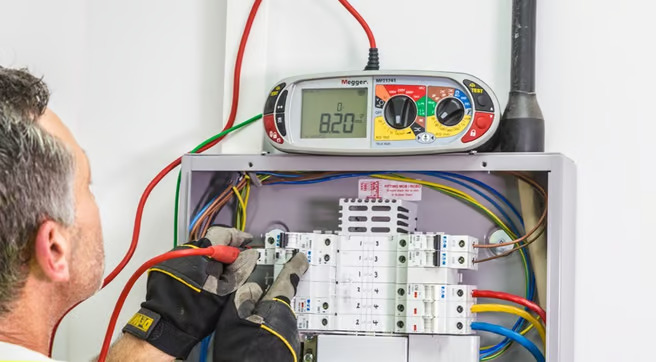RCD Testing

RCD Testing Auckland
Residual Current Devices (RCDs) are safety switching devices. RCD Testing Sydney is a protective measure used in residential and commercial settings to immediately cut-off power if a fault arises in the electrical circuit. RCD testing Sydney monitors the current flow in the active and neutral wires of the power lead or device connected to it. It continuously monitors the imbalance or difference in the current in each wire. The undesirable current imbalance in the active and neutral wires occurs when current flows to earth. RCDs increase safety, and because they are more sensitive than a typical fuse or circuit breaker, they provide an additional layer of protection against electric shock.
The Standard AS/NZS 3760:2010 ‘In-service safety inspection and testing of electrical equipment’ set out the maximum tripping times for each type of RCD. Push-button tests and a combined operating time and push-button test get specified by this standard for portable and fixed RCDs.
The push-button is to ensure that RCD will trip in case of earth leakage and cut-off the electrical circuit which will prevent the individual from getting electrocuted. To perform the push-button test, simply press the test button, and the RCD must trip without any delay.
This quick and easy test is typically conducted with portable RCDs and should be done daily, or before each time the RCD gets used. However, this method is not that accurate. The trip time test using the applied current approach is a significantly more precise way of testing RCDs. It measures the actual trip time and requires equipment that can measure it within ± 2 ms for Type I RCD and ± 8 ms for Type II RCD.
The Standard AS/NZS 3760:2010 ‘In-service safety inspection and testing of electrical equipment’ set out the maximum tripping times for each type of RCD. Push-button tests and a combined operating time and push-button test get specified by this standard for portable and fixed RCDs.
The push-button is to ensure that RCD will trip in case of earth leakage and cut-off the electrical circuit which will prevent the individual from getting electrocuted. To perform the push-button test, simply press the test button, and the RCD must trip without any delay.
This quick and easy test is typically conducted with portable RCDs and should be done daily, or before each time the RCD gets used. However, this method is not that accurate. The trip time test using the applied current approach is a significantly more precise way of testing RCDs. It measures the actual trip time and requires equipment that can measure it within ± 2 ms for Type I RCD and ± 8 ms for Type II RCD.
FOR PROFESSIONAL TESTING AND TAGGING SERVICE IN AUCKLAND
Got questions? Let’s talk about your needs.
We aim to get back to all inquiries within 24 hours. The more information you can provide us with, the better and easier we can draft an offer and get back to you.
